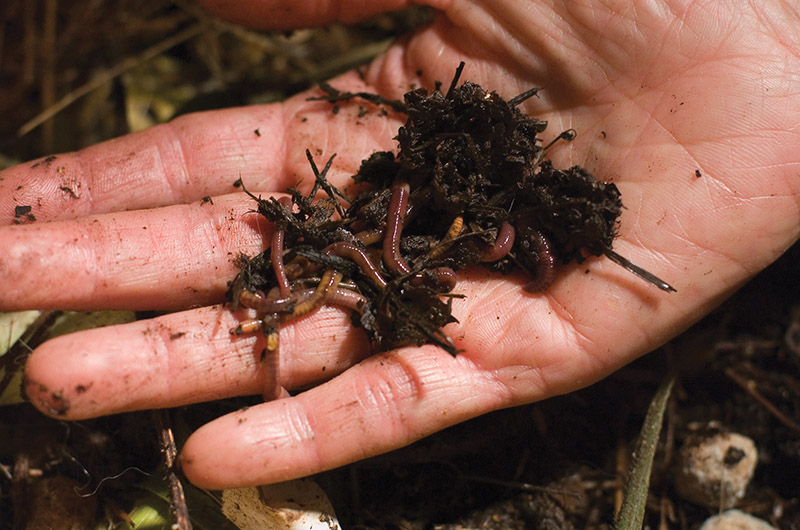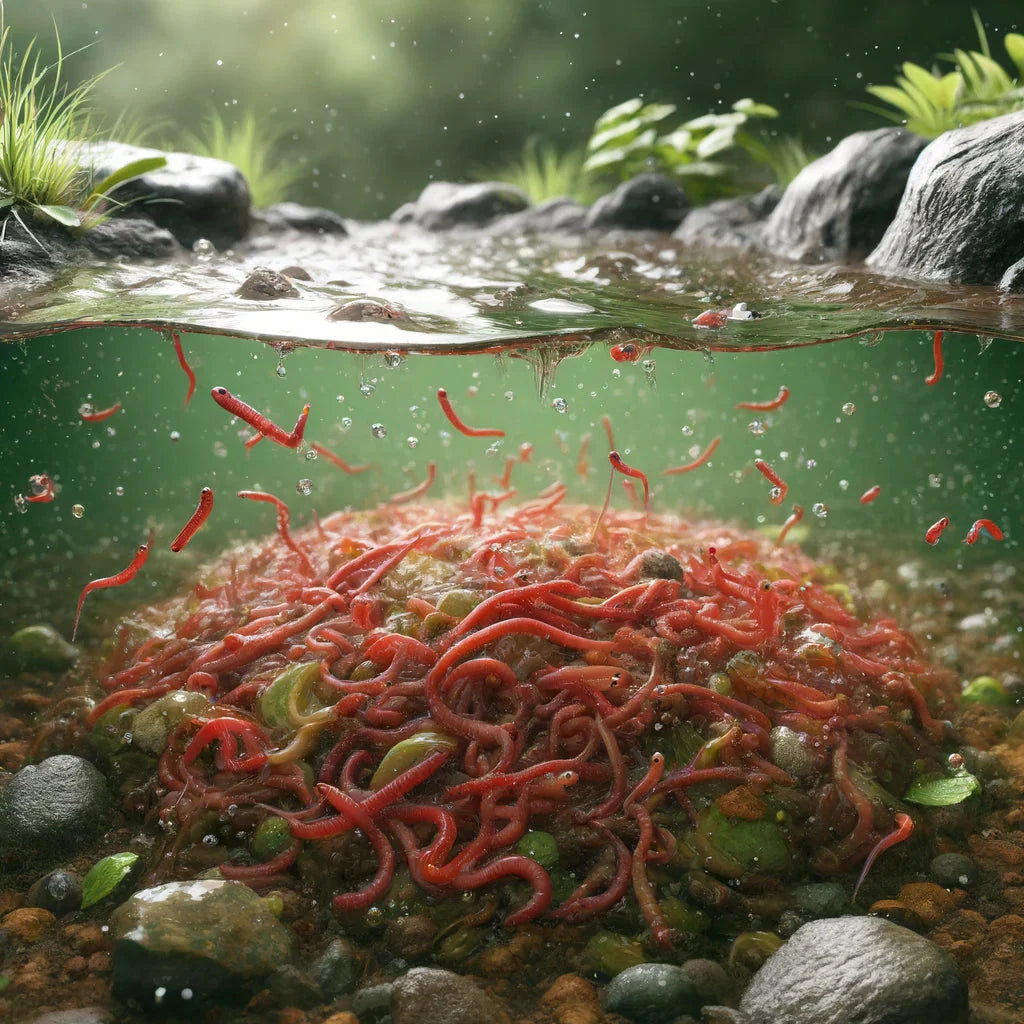Red worms: Find them online
Red worms: Find them online
Blog Article
Transform Your Garden With Red Wigglers: Advice
Red wigglers are not simply an interest for compost enthusiasts; they are essential agents of transformation for any yard. By establishing a basic worm container and recognizing the dietary demands of these exceptional creatures, gardeners can significantly boost soil high quality and plant health. The process of converting natural waste into abundant, productive spreadings is both straightforward and rewarding. The true possibility of red wigglers goes beyond mere composting. Checking out the nuances of their treatment and the varied applications of their by-products can open also greater advantages for your gardening ventures.

Benefits of Red Wigglers
Red wigglers, medically recognized as Eisenia fetida, are often hailed as nature's composting champions. These amazing worms offer numerous vital advantages that can significantly enhance garden health and productivity.

One more noteworthy benefit of red wigglers is their ability to decrease waste. By composting natural products that would otherwise contribute to land fill waste, they play an essential role in sustainable gardening techniques. Finally, incorporating these worms into your gardening regimen can bring about increased returns, healthier plants, and a more vivid yard environment, making them invaluable allies for garden enthusiasts looking for to enhance their eco-friendly impact.
Establishing a Worm Bin
Developing a worm bin is a necessary step for any person wanting to harness the benefits of red wigglers in their horticulture initiatives. A suitable worm container can be made from various materials, including plastic containers, wood crates, or commercially available worm containers. The very first factor to consider is size; a container that is at the very least 2 feet vast, 3 feet long, and 1 foot deep is usually excellent for a little to tool number of worms.
It's crucial to develop a bedding layer, making use of products such as shredded newspaper, cardboard, or coconut coir to provide a comfortable atmosphere for the worms. The bed linens should be damp however not soaked, looking like a wet sponge - red worms.
Place the bin in a location that preserves a constant temperature level, preferably in between 55 ° F and 77 ° F. Avoid straight sunshine or severe cold, as these conditions can hurt the worms. When the container is established, allow the bed linen to go for a few days before introducing the red wigglers, ensuring they have a successful setting in which to flourish.
Feeding Your Red Wigglers
When the worm bin is established and the red wigglers are introduced, appropriate feeding ends up being crucial to preserving a healthy and balanced worm populace. Red wigglers prosper on a varied diet plan, largely being composed of kitchen scraps and natural products.
When introducing food, chop the scraps right into smaller sized pieces to promote quicker usage. Additionally, hide the food below a layer of bed linens product to avoid fruit flies and other annoyances. Display the feeding frequency; a basic rule is to supply food every 1-2 weeks, depending upon the number of worms and the quantity of food waste created.

Collecting Worm Castings
Just how can you tell when it's time to gather worm castings from your bin? The readiness of worm spreadings is shown by a couple of vital indications. The product in the bin must show up dark, crumbly, and abundant in appearance, resembling a great dirt. Furthermore, the original food scraps should be substantially damaged down or nearly unrecognizable, suggesting that the worms have actually efficiently processed them.
One more sign is the reduction in worm activity; as the castings gather, worms have a tendency to move in the direction of fresher food resources. If you observe a decline in worm motion and the visibility of spreadings at the end of the container, it's a clear signal that harvesting is due.
To harvest, delicately scoop out the spreadings, making sure to minimize disruption to the worms. A preferred technique involves dividing the castings making use of light; worms have a tendency to tunnel far from the light, enabling you to gather the spreadings a lot more easily.
Collecting on a regular basis, roughly every 3 to six months, guarantees a continuous supply of this nutrient-rich modification for your horticulture endeavors. Bear in mind, the quality of your spreadings straight affects the wellness of your plants.
Using Spreadings in Your Yard
(red worms near me)Using worm castings in your yard can dramatically boost soil health and wellness and plant growth - red worms. These nutrient-rich natural plant foods offer essential macro and trace elements, improving the overall fertility of your dirt. By including worm spreadings into your garden beds, you can advertise useful microbial activity, which assists in nutrition availability and improves soil framework
To use worm spreadings efficiently, blend them into the leading few inches of dirt before growing. This guarantees that nutrients are conveniently obtainable to your plants. Alternatively, you can create a nutrient-dense liquid fertilizer by soaking worm castings in water for a week, after that using the resulting "worm tea" directly to your plants. This approach not just gives immediate nutrients however likewise encourages healthy and balanced root advancement.
Worm spreadings also improve wetness retention within the soil, reducing the demand for constant watering. Their natural pH that site balance makes them appropriate for numerous plant kinds, from vegetables to ornamentals. Frequently integrating worm castings right into your gardening routine can bring about robust plant growth, raised yields, and a general healthier garden ecosystem. Embrace the advantages of worm spreadings for a thriving and sustainable garden.
Verdict
By developing a worm bin, offering proper food, and regularly gathering nutrient-rich spreadings, garden enthusiasts can cultivate a sustainable ecosystem. The usage of worm castings and "worm tea" further adds to moisture retention and nutrient accessibility in the soil.
Report this page